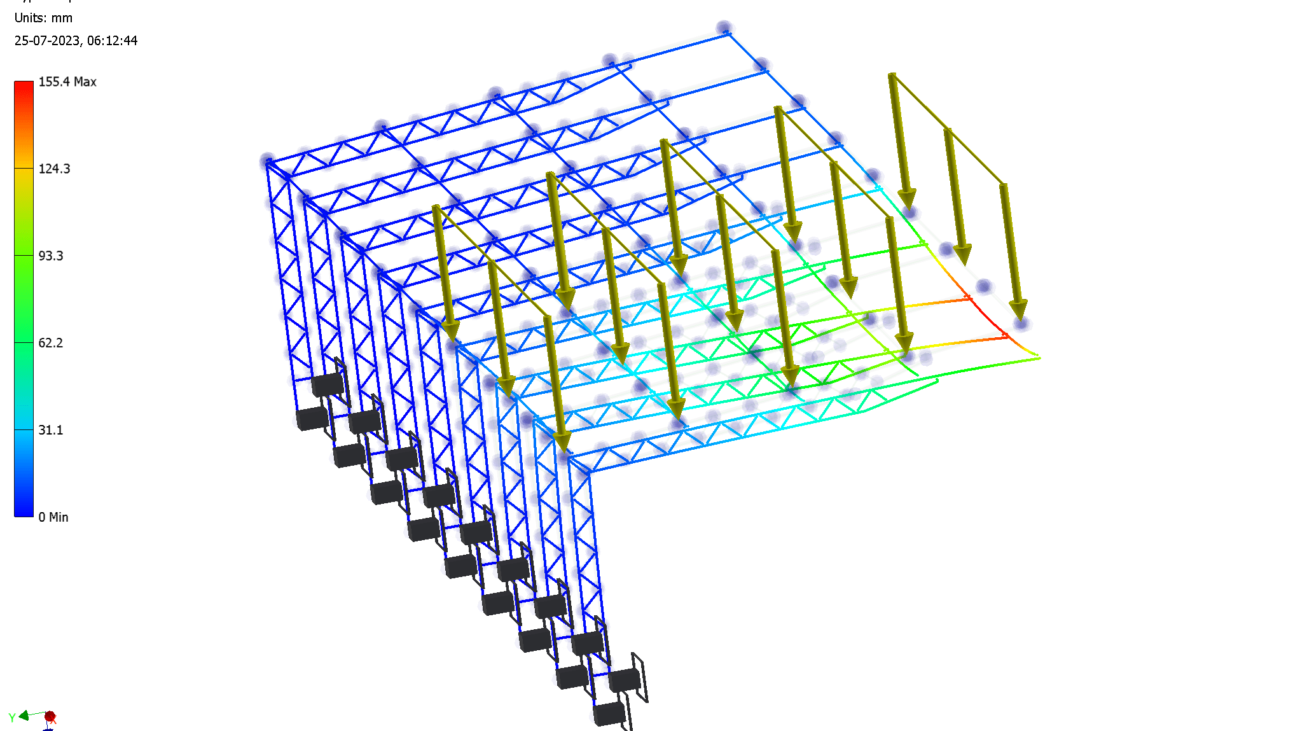Solar mounting structures are the foundation of any solar power plant, and as such, their design, manufacturing, and installation must be done with the utmost care and attention to detail. One of the most critical elements of solar mounting structure design is structural analysis. This process involves analyzing the proposed structure to ensure that it can withstand the loads and forces it will be subjected to throughout its lifetime. In this blog, we will explore the importance of structural analysis for solar mounting structures and how it helps ensure safety and stability.
Why is structural analysis important for solar mounting structures?
Solar mounting structures are exposed to a variety of loads and forces, including wind, snow, and seismic activity. These loads and forces can cause the structure to deform, crack, or even collapse if the structure is not designed and manufactured to withstand them. Structural analysis is a critical step in the design process that helps to ensure that the proposed structure will be able to withstand these loads and forces without failure.
What are the different types of structural analysis?
There are several different types of structural analysis that can be used to evaluate solar mounting structures, including linear and nonlinear analysis, static and dynamic analysis, and linear and nonlinear buckling analysis.
Linear and nonlinear analysis: Linear analysis assumes that the structure’s behavior is linear and predictable, while nonlinear analysis takes into account the nonlinear behavior of the structure, such as buckling and plastic behavior.
Static and dynamic analysis: Static analysis assumes that the structure is in a state of equilibrium, while dynamic analysis takes into account the effect of time-varying loads and forces.
Linear and nonlinear buckling analysis: Linear buckling analysis assumes that the structure will buckle in a predictable and linear manner, while nonlinear buckling analysis takes into account the nonlinear behavior of the structure during buckling.
Which type of structural analysis is best for solar mounting structures?
The type of structural analysis that is best for a solar mounting structure will depend on the specific loads and forces that the structure will be subjected to. For example, if the structure will be exposed to high winds, dynamic analysis may be required. Similarly, if the structure will be located in an area prone to earthquakes, a seismic analysis may be necessary. It is important to consult with a structural engineer to determine the appropriate type of structural analysis for your solar mounting structure.
How is structural analysis conducted?
Structural analysis is typically conducted using computer-aided design (CAD) software. The designer will input the loads and forces that the structure will be subjected to into the software, and the software will then calculate the behavior of the structure under these loads and forces. The software will also generate detailed reports and drawings that the designer can use to evaluate the strength and stability of the structure.
In Conclusion,
Structural analysis is a critical step in the design and manufacturing of solar mounting structures. It helps to ensure that the structure will be able to withstand the loads and forces it will be subjected to throughout its lifetime, and that it will be safe and stable for the life of the solar power plant. By working with a structural engineer, solar power plant designers and manufacturers can ensure that their structures are designed and manufactured to the highest standards of safety and stability.

